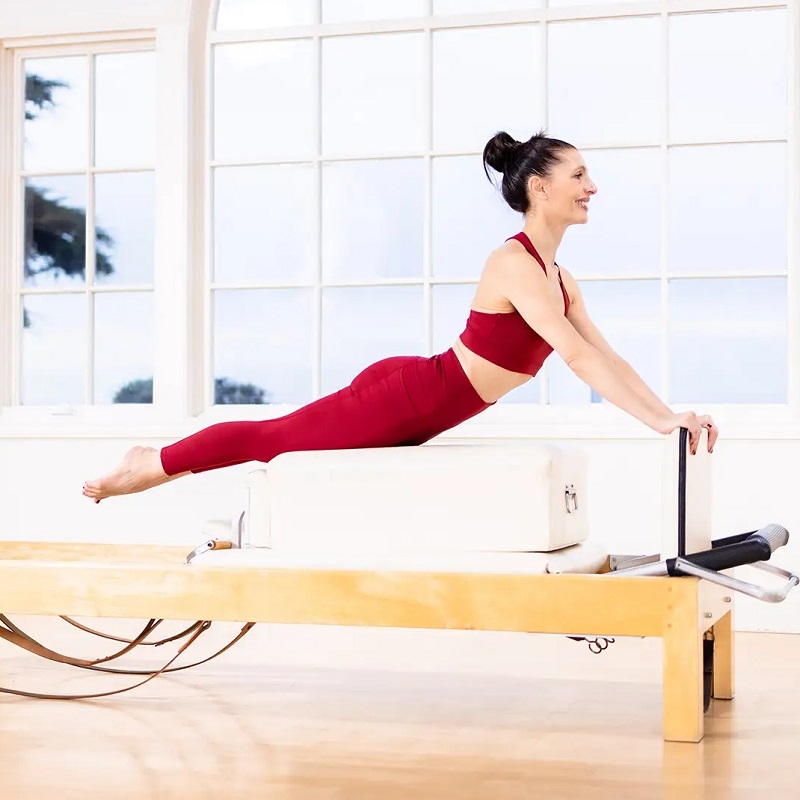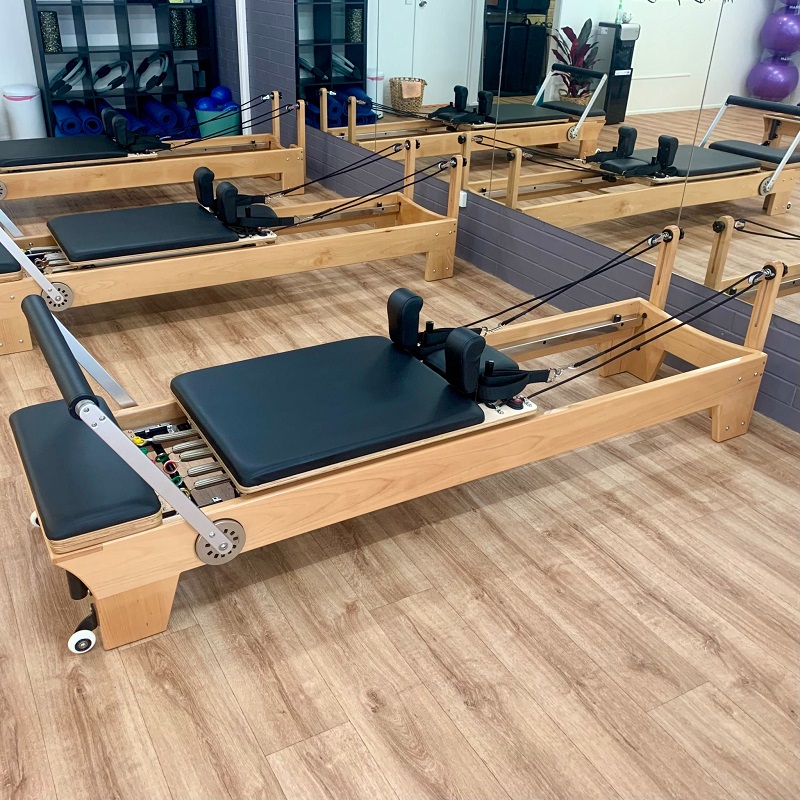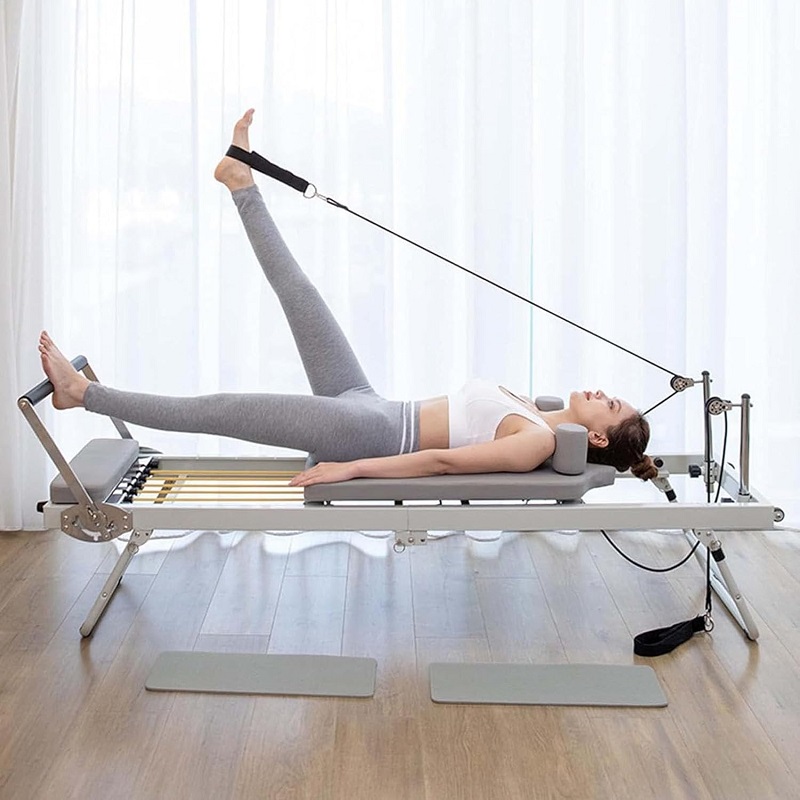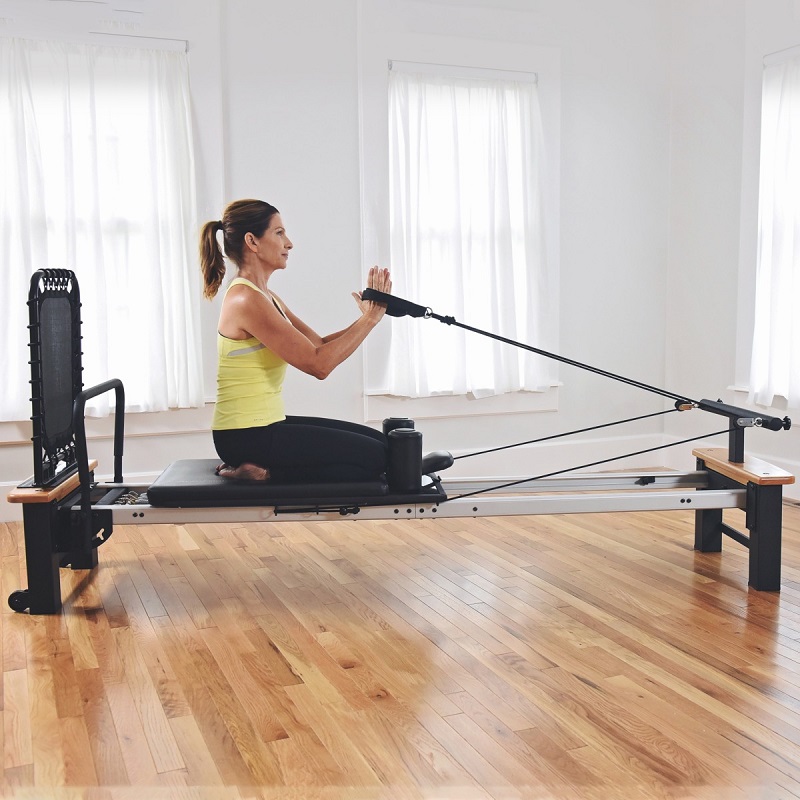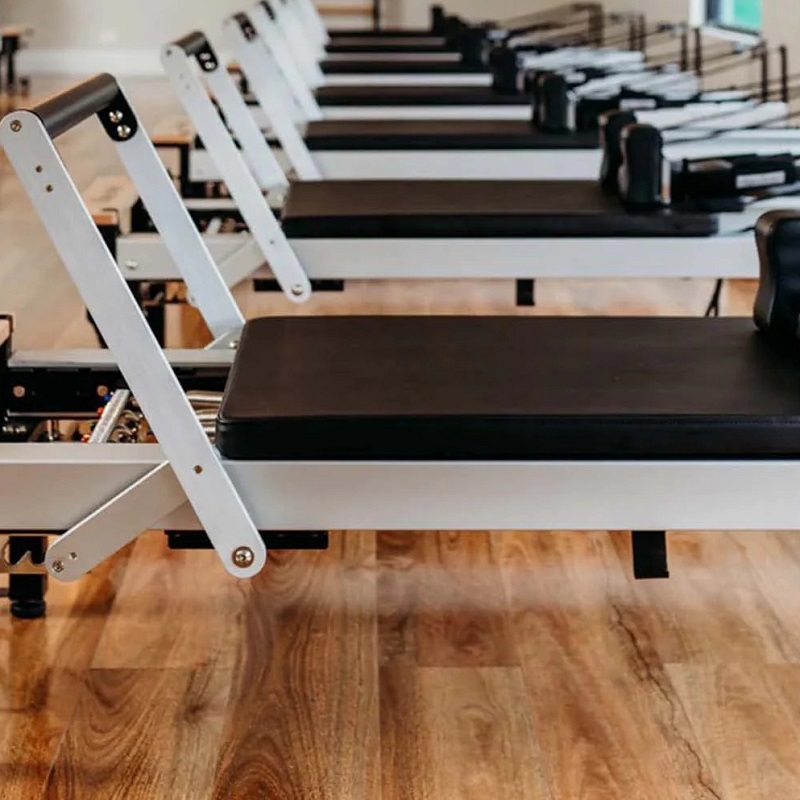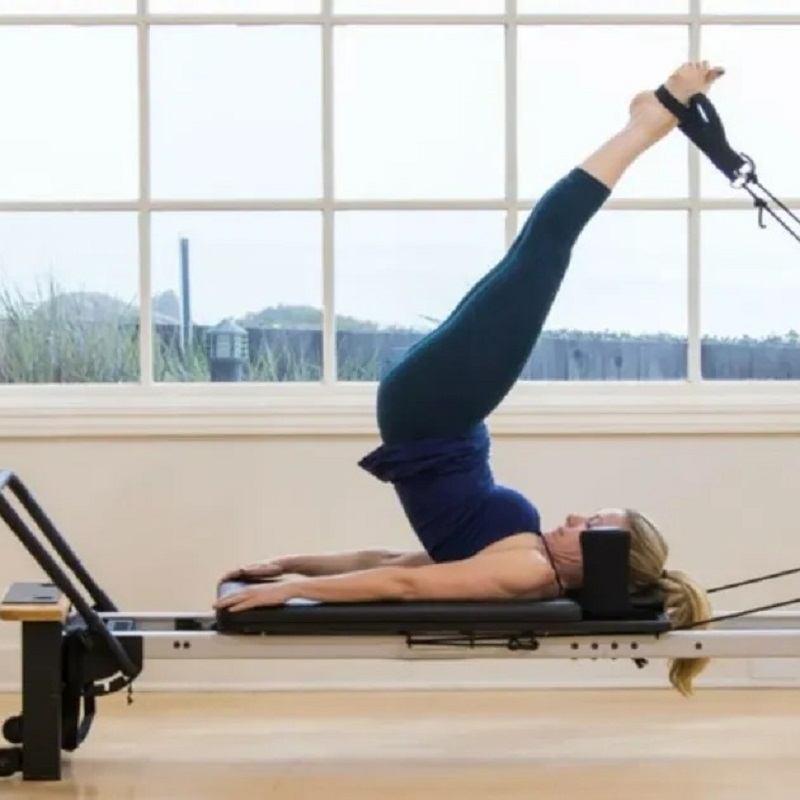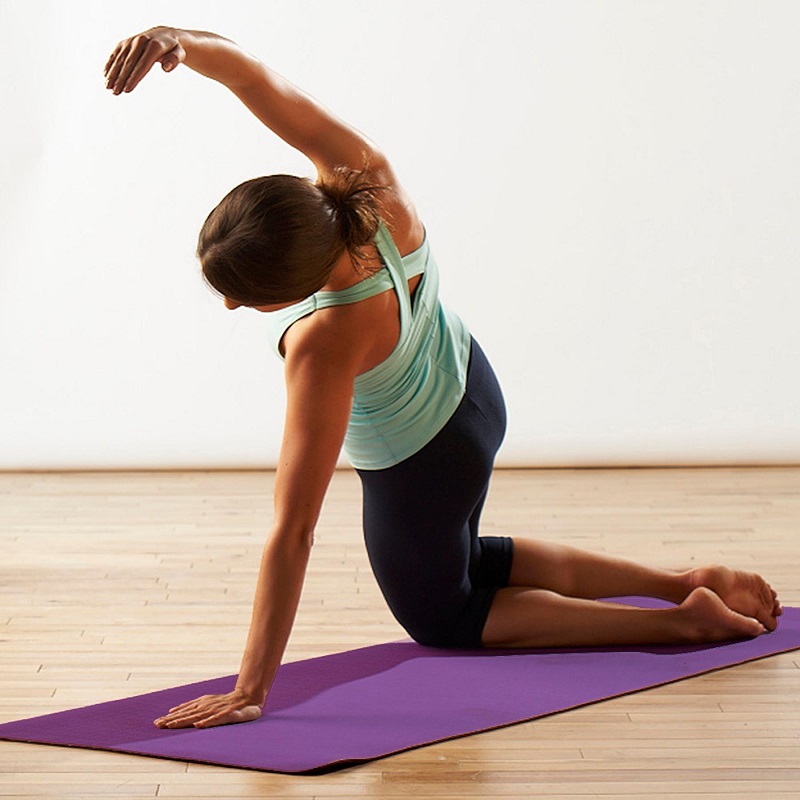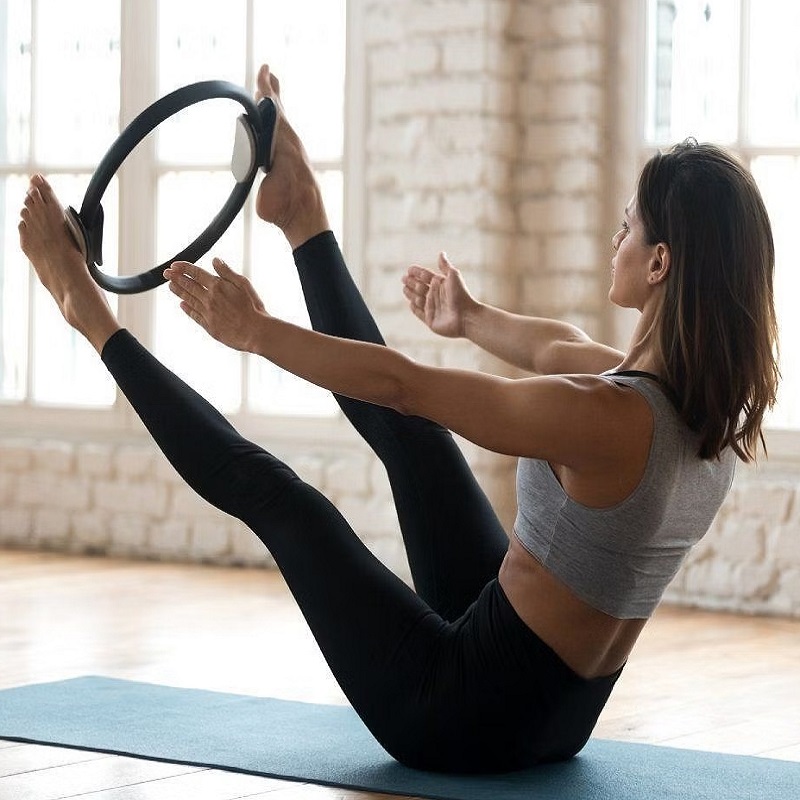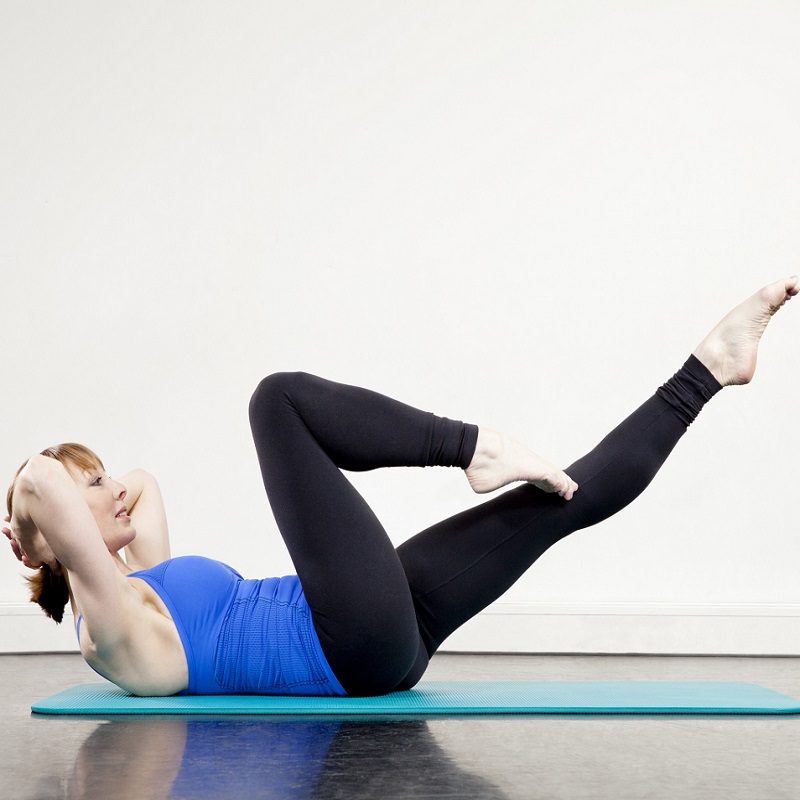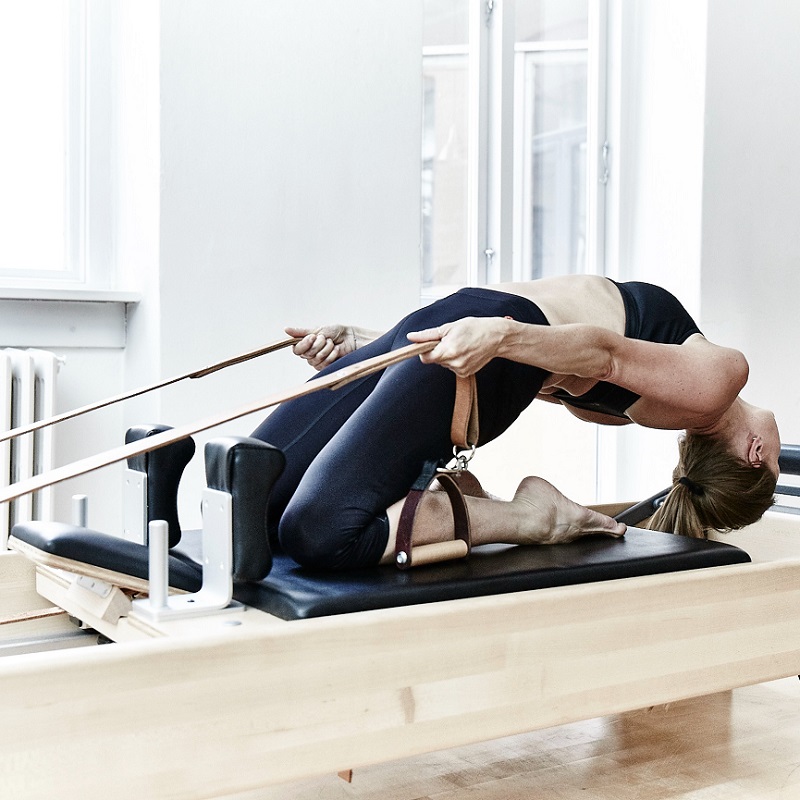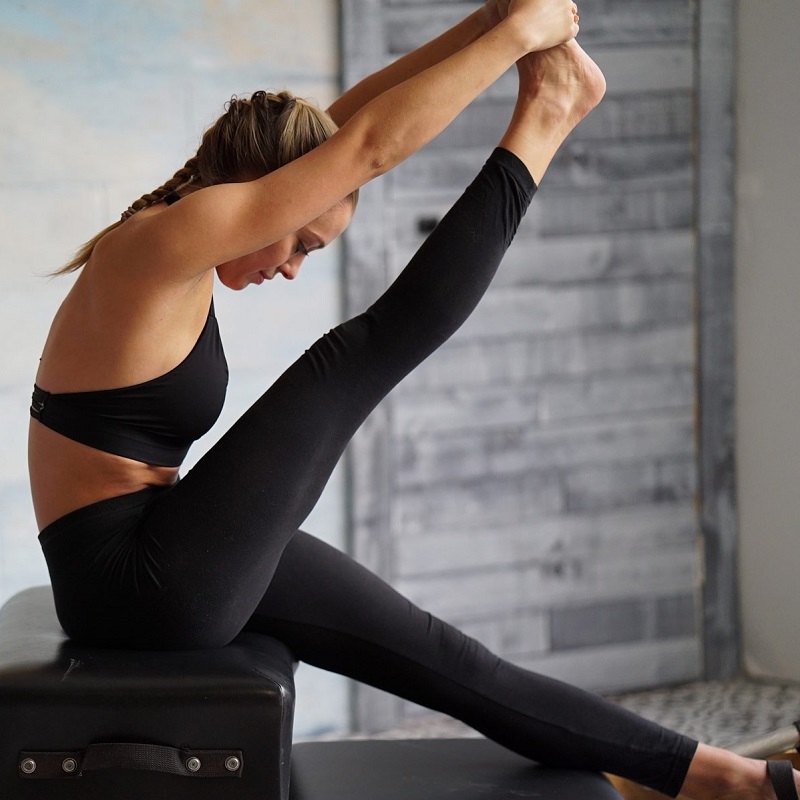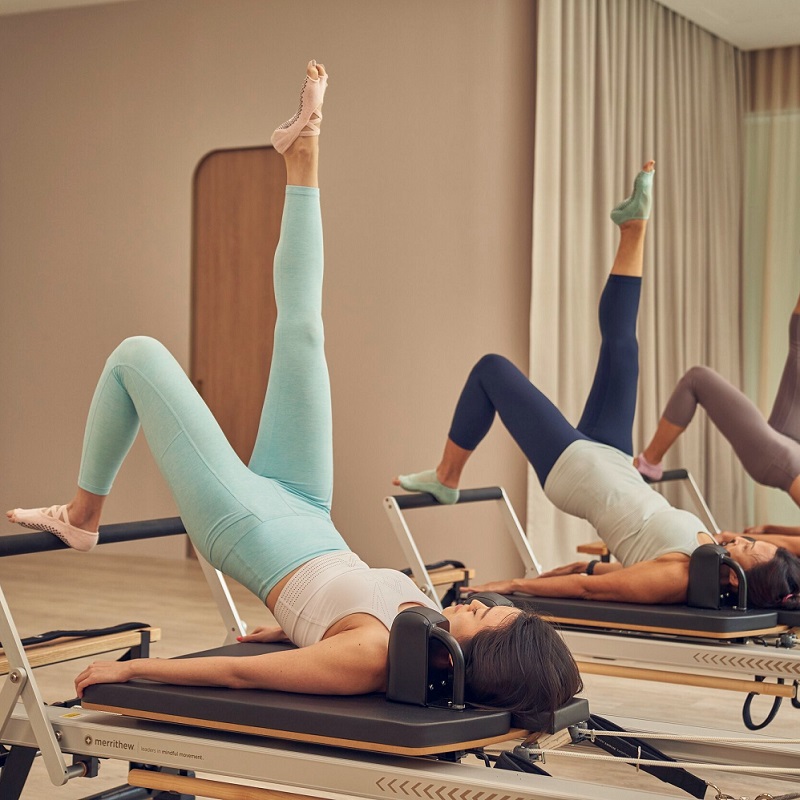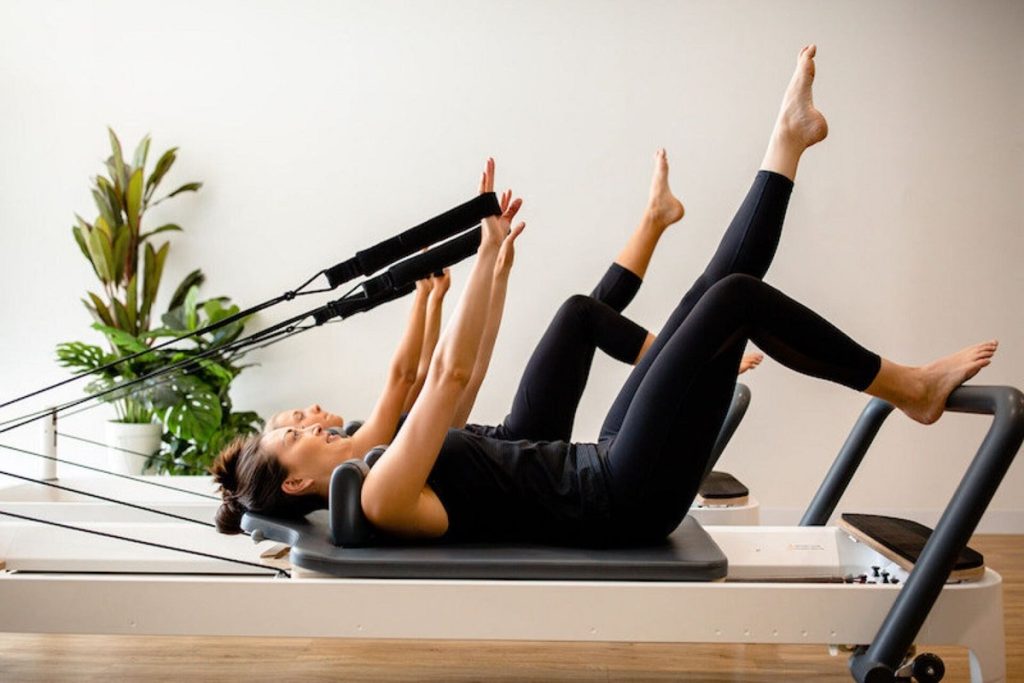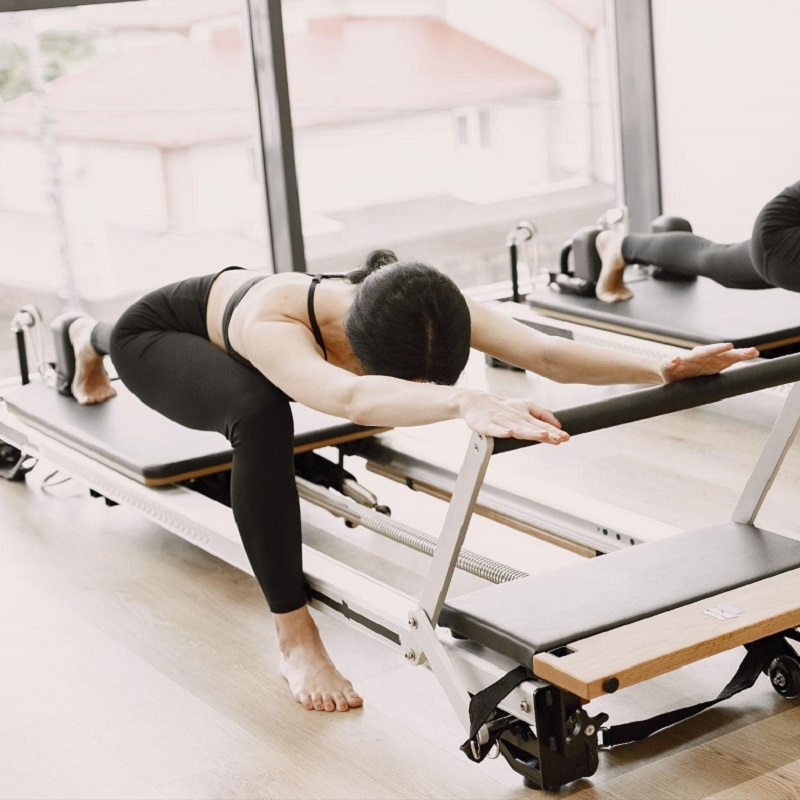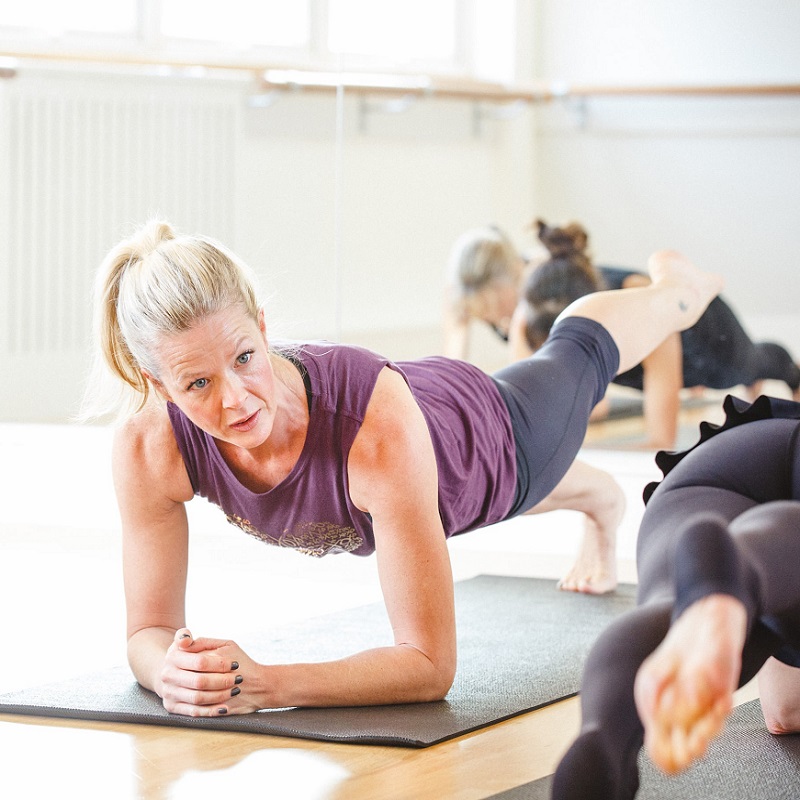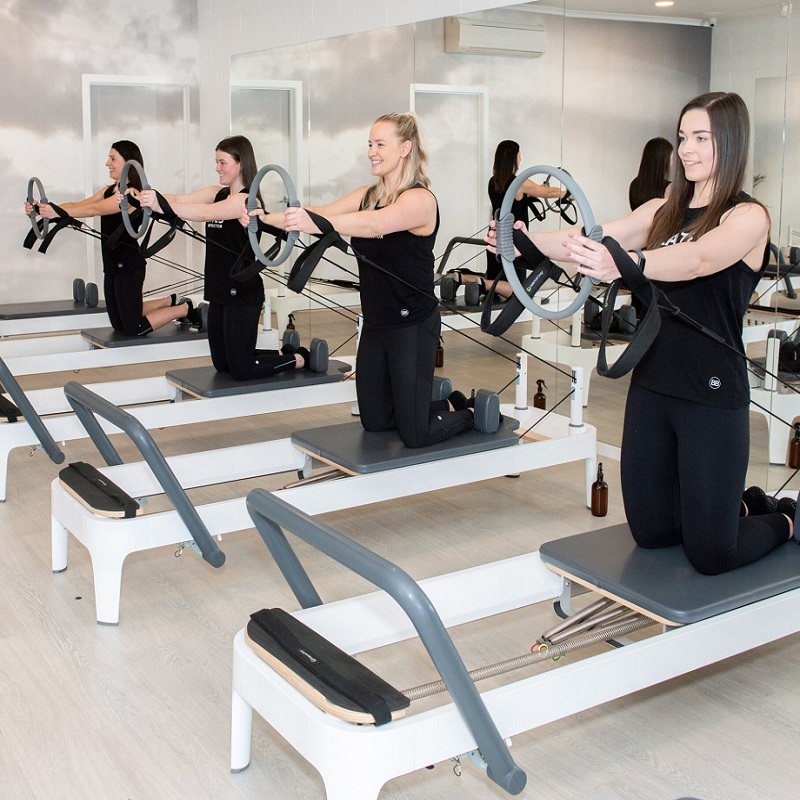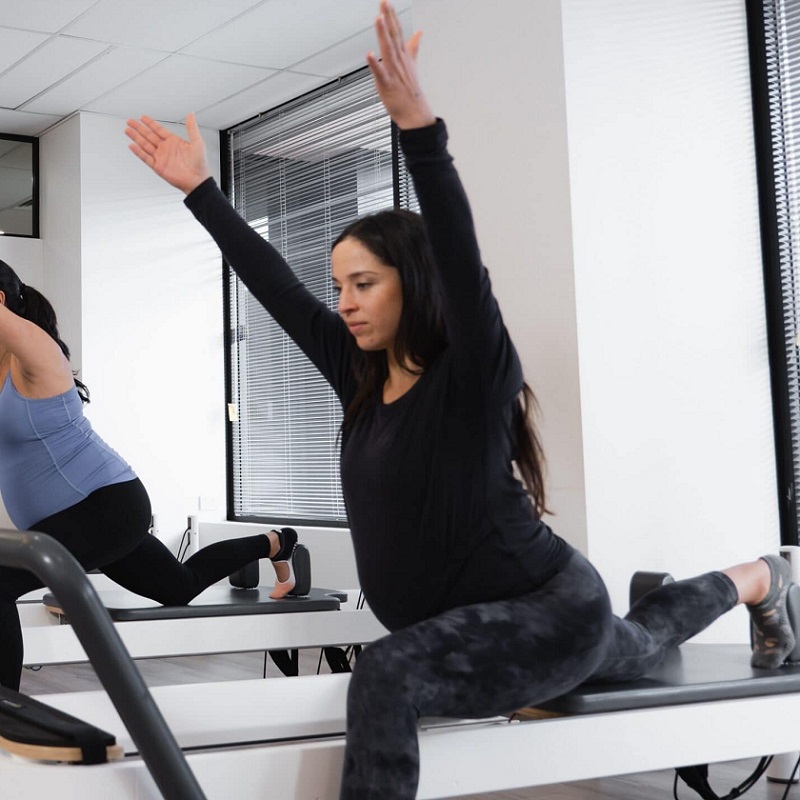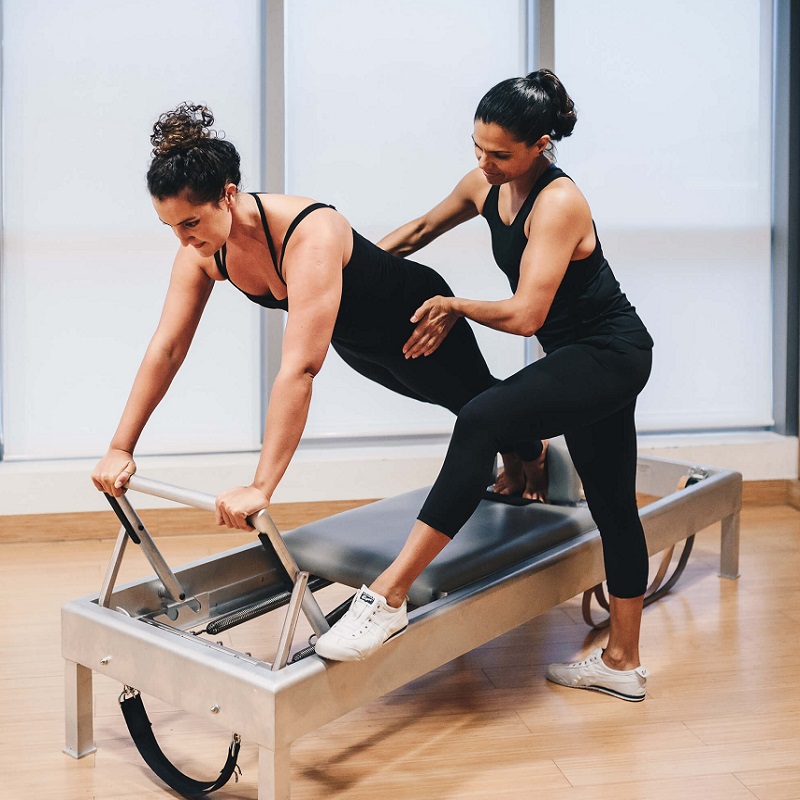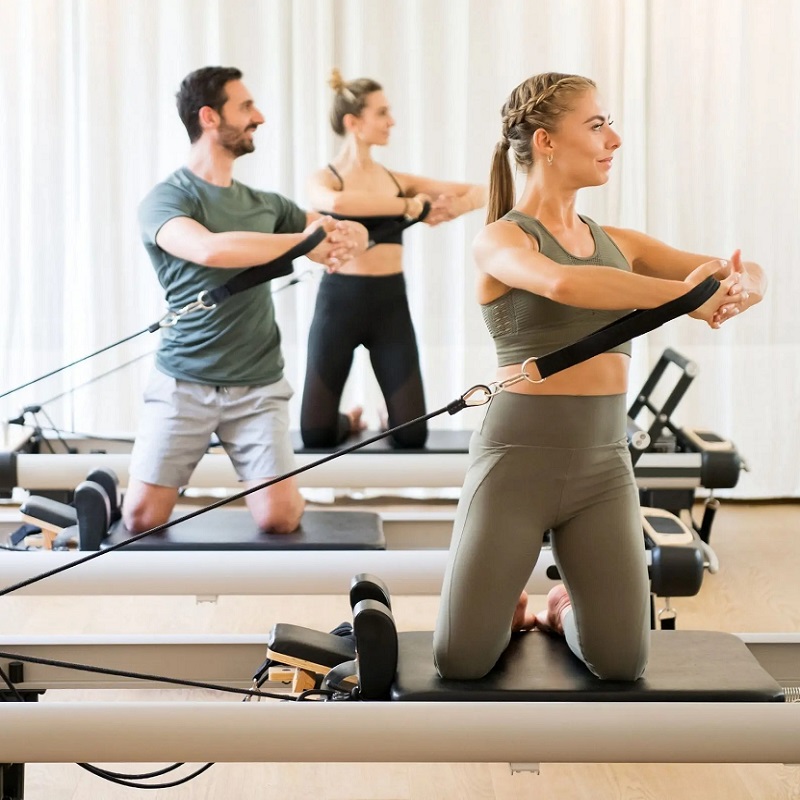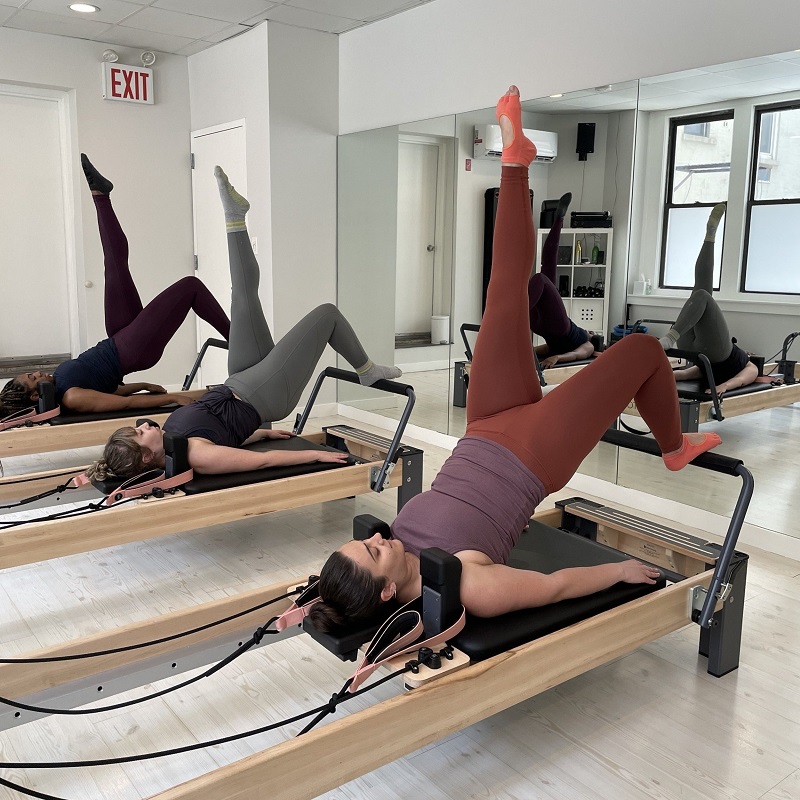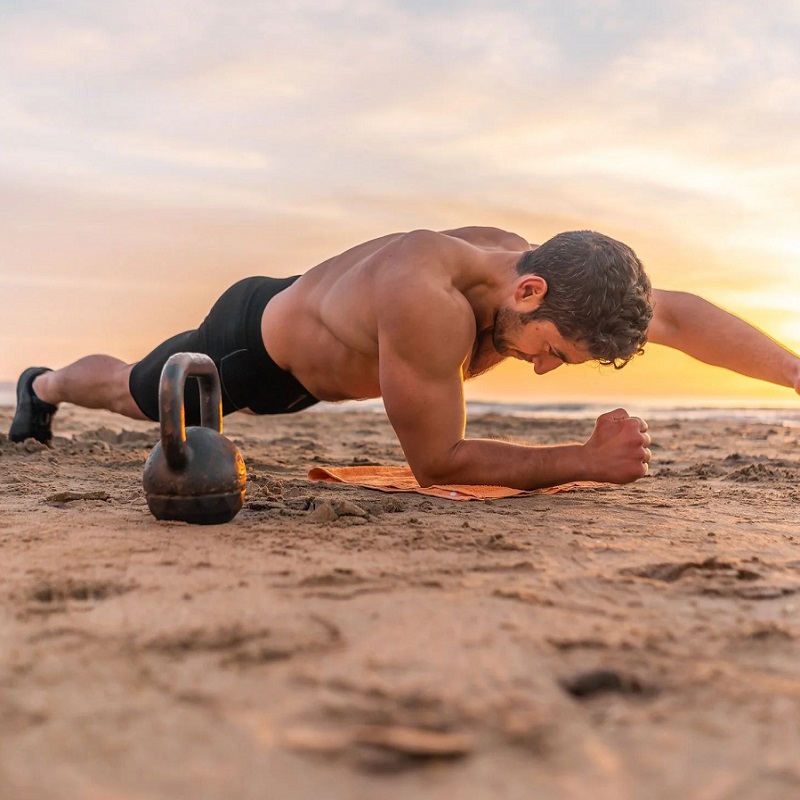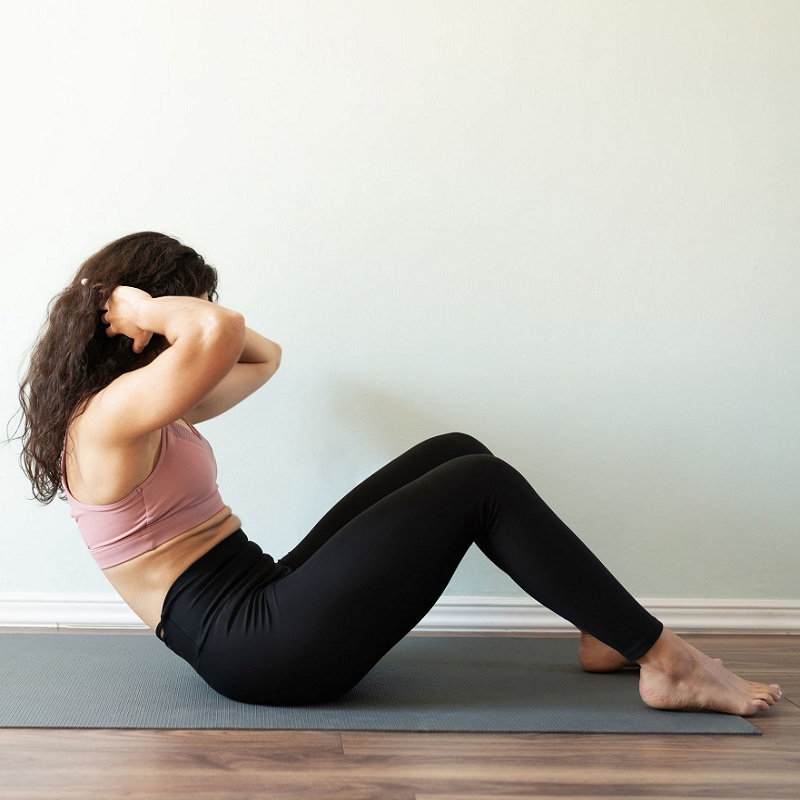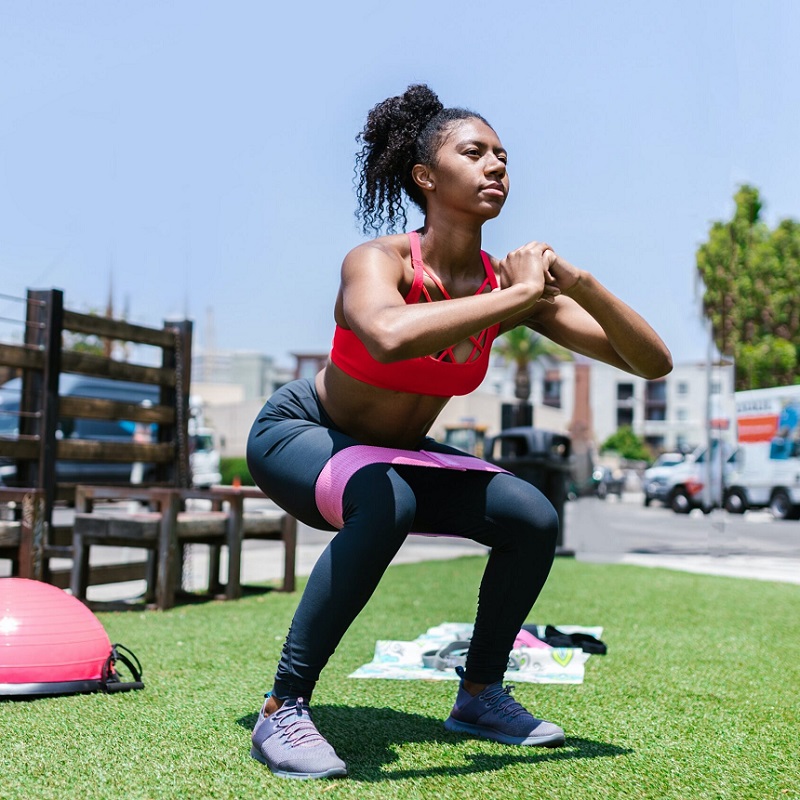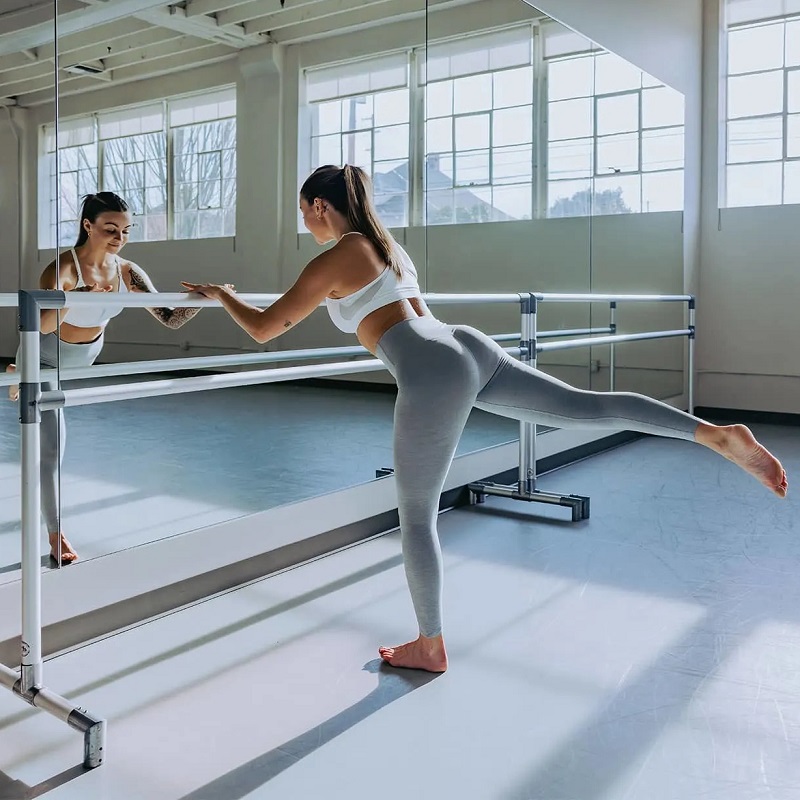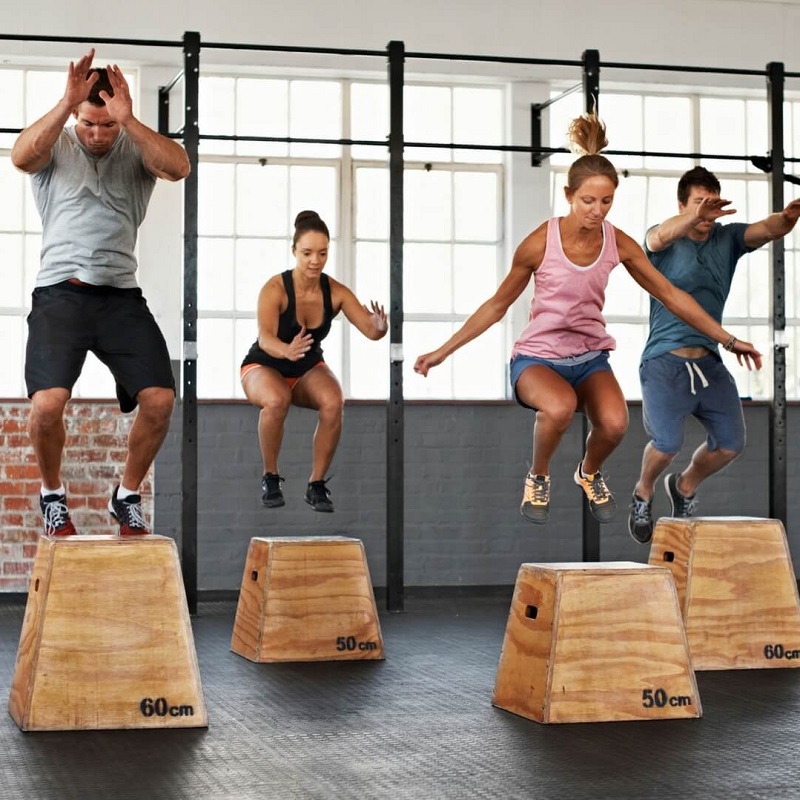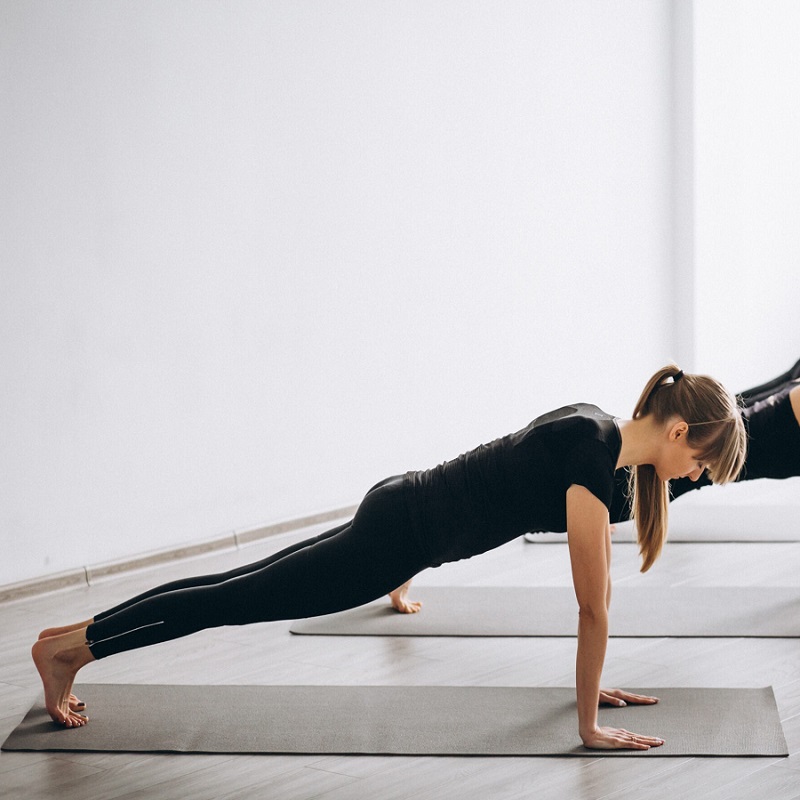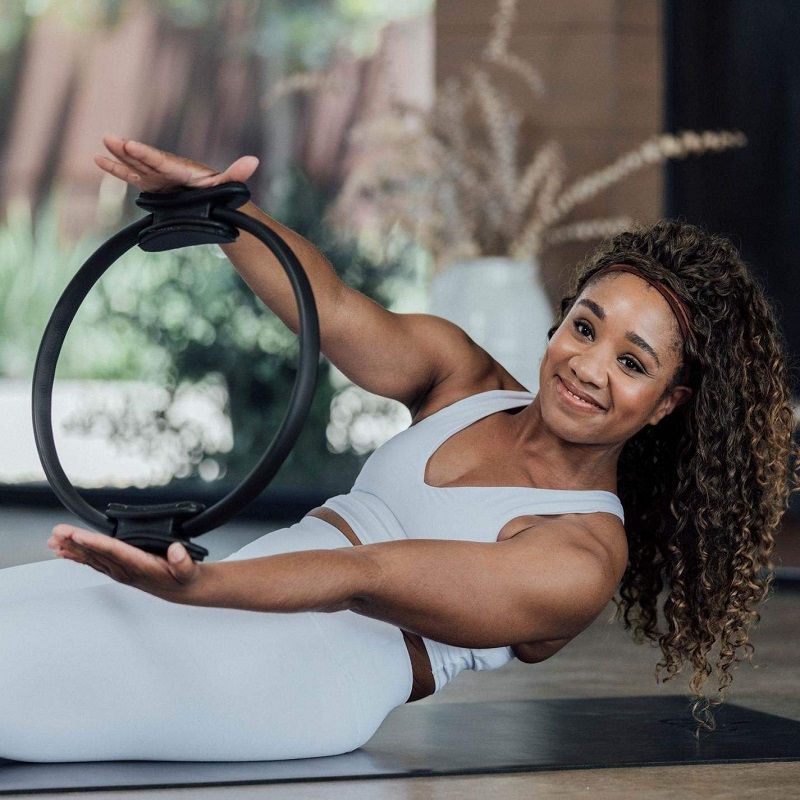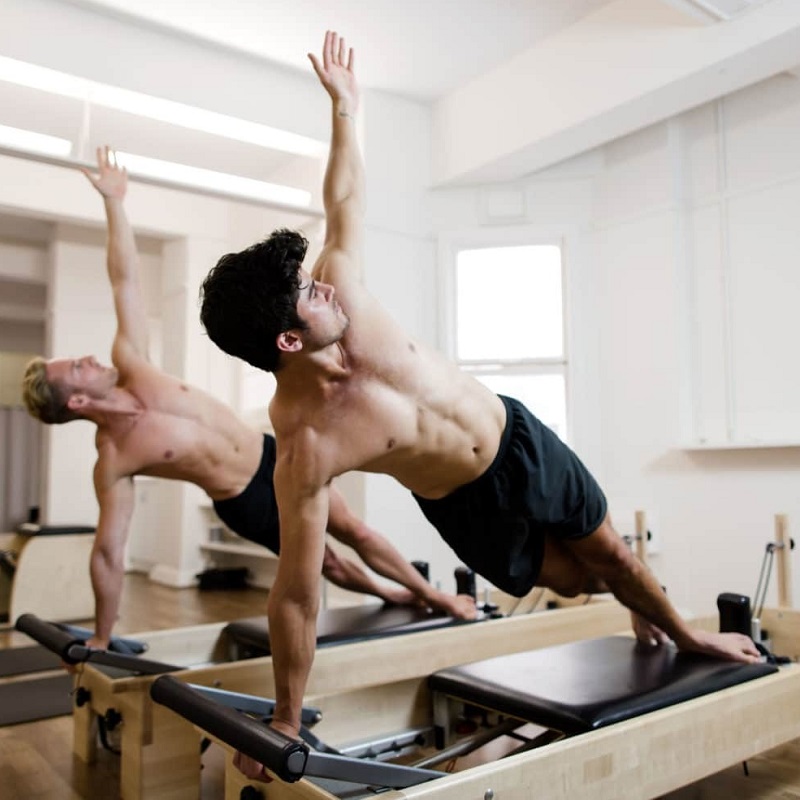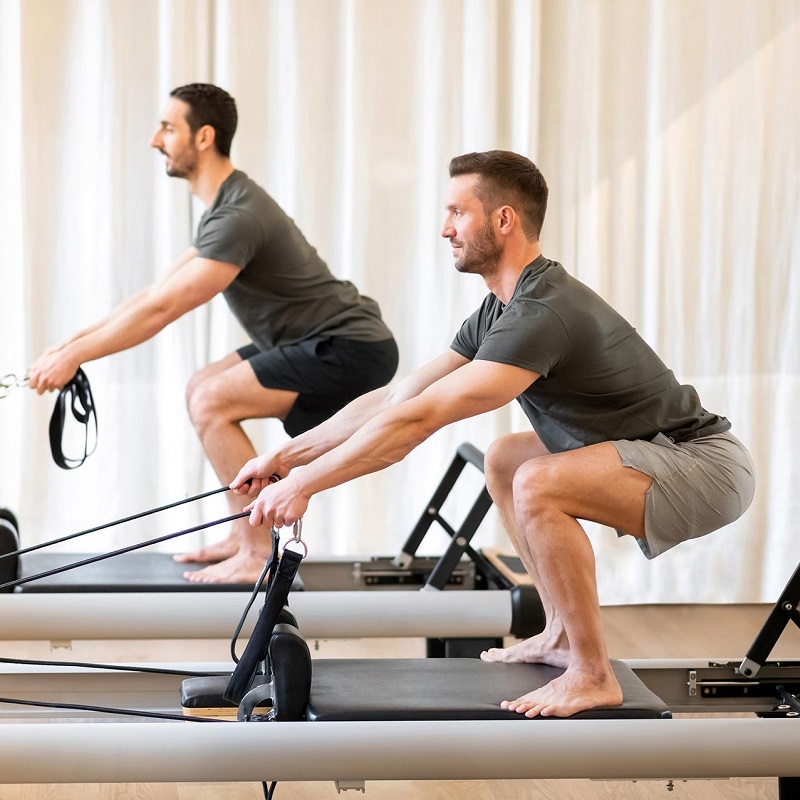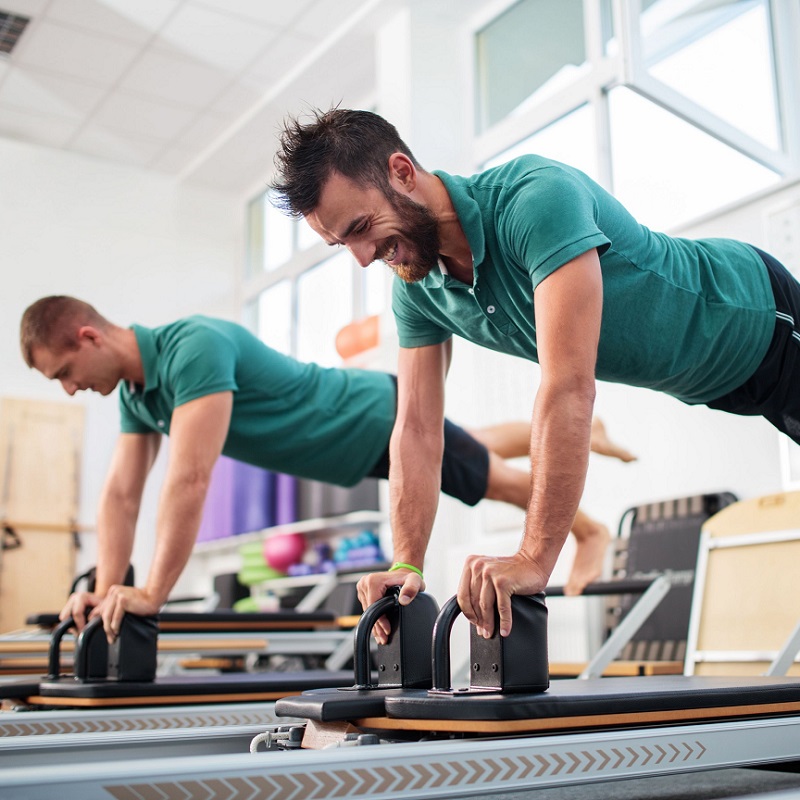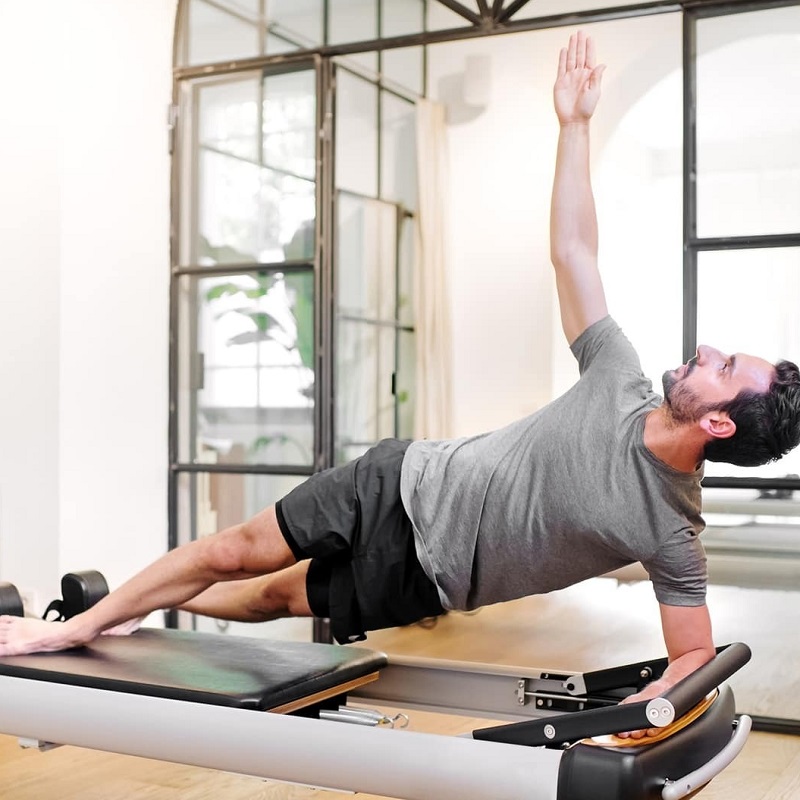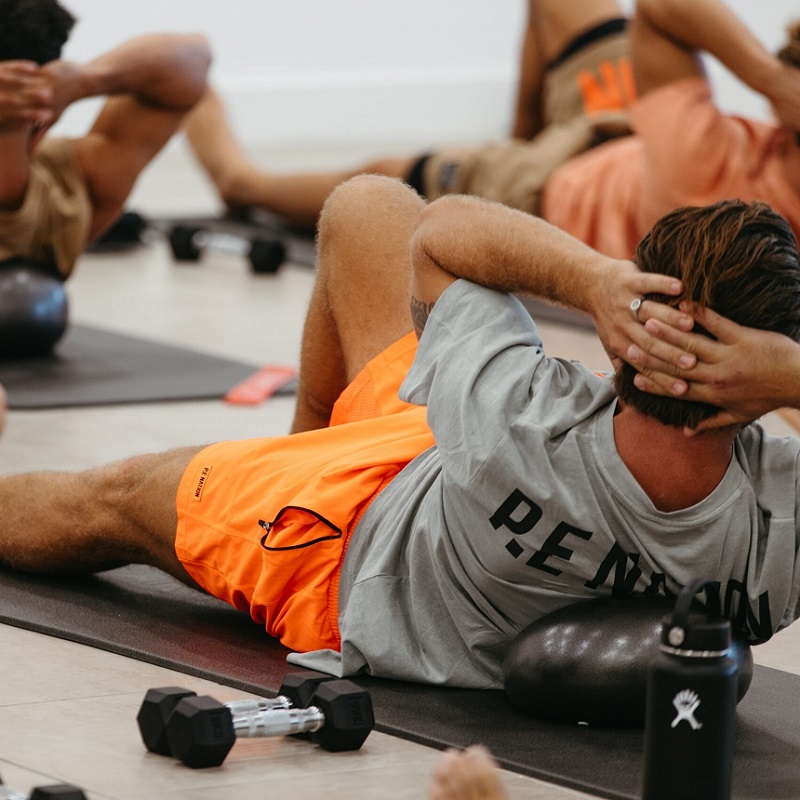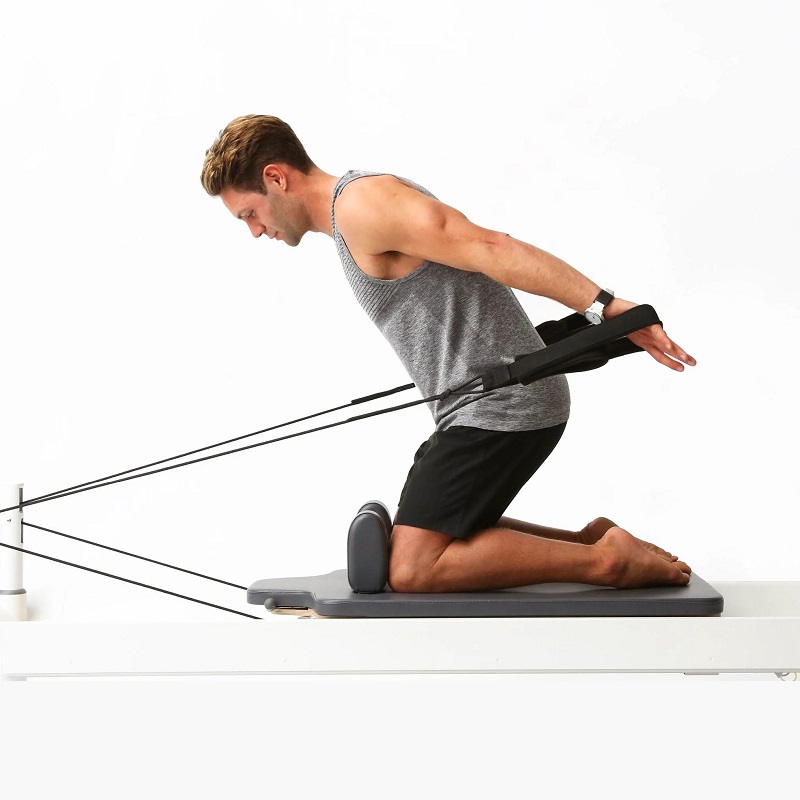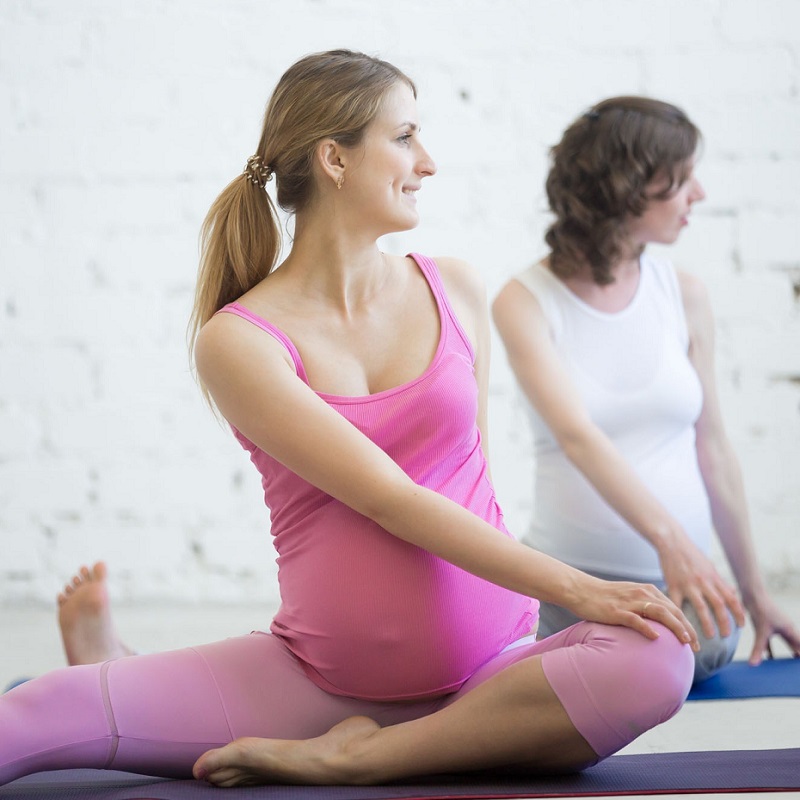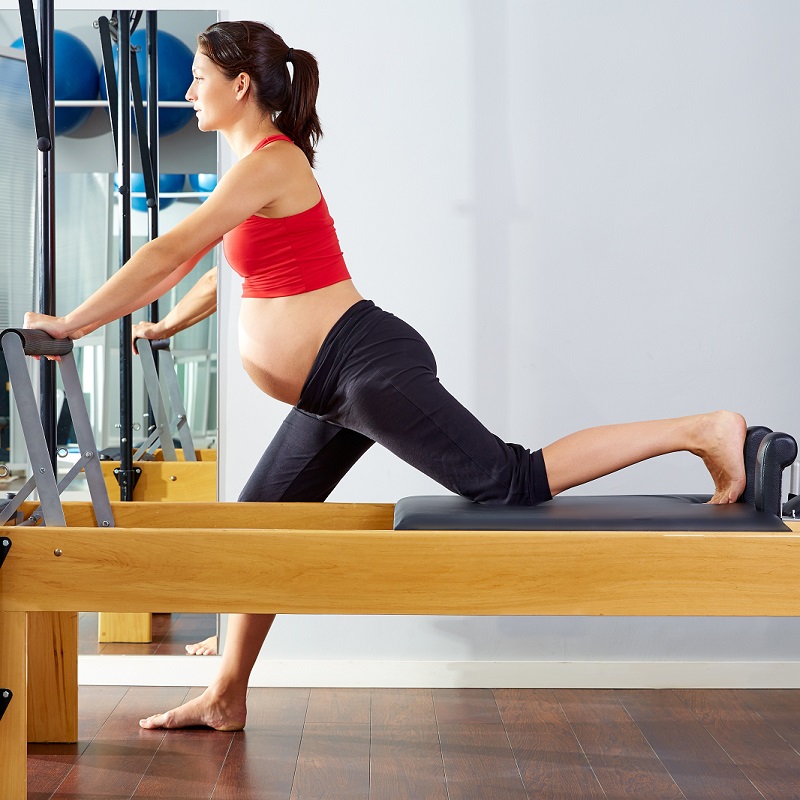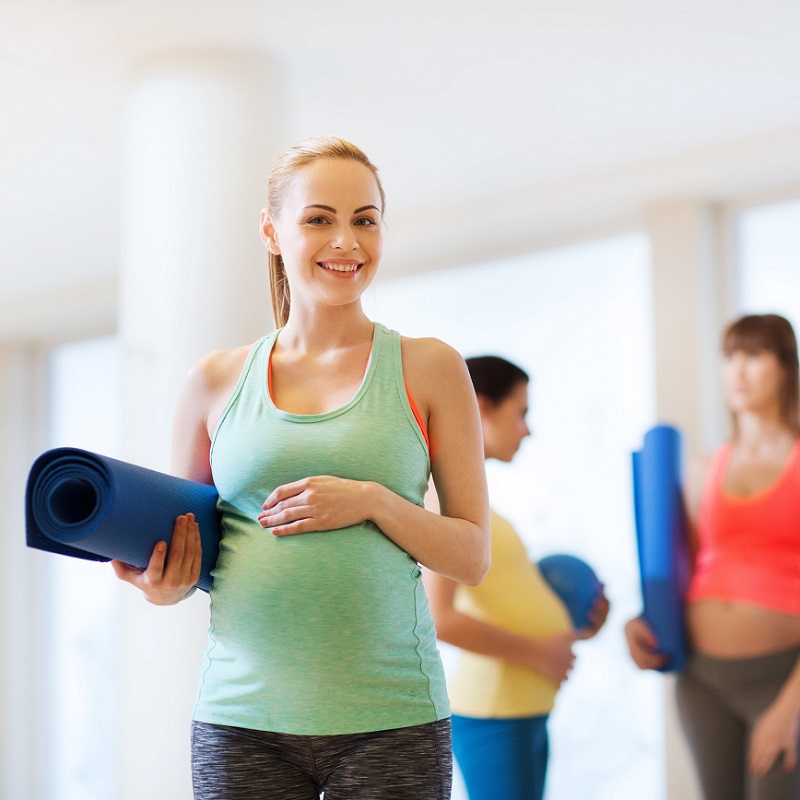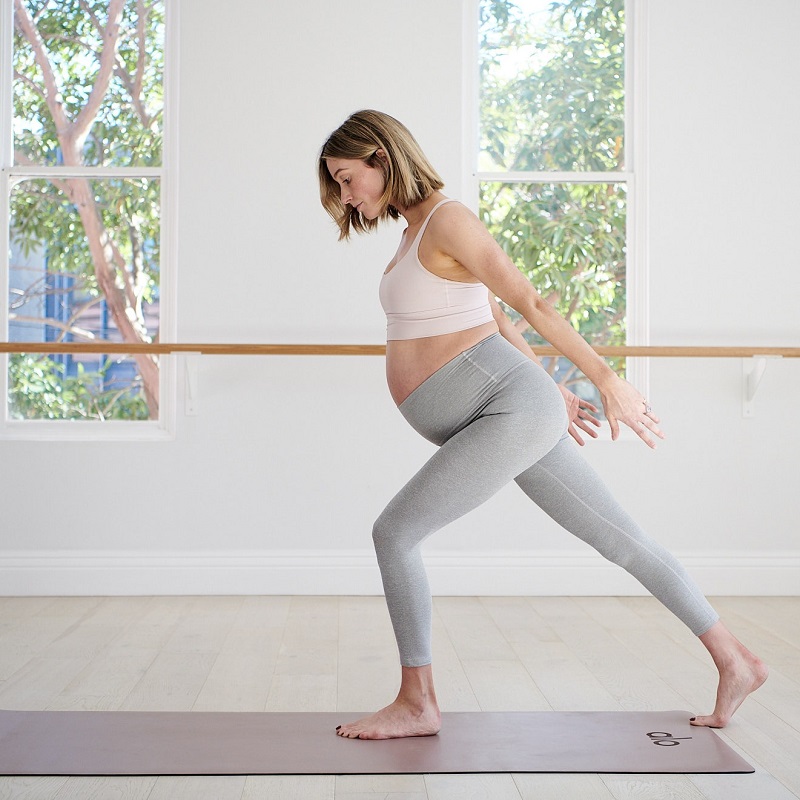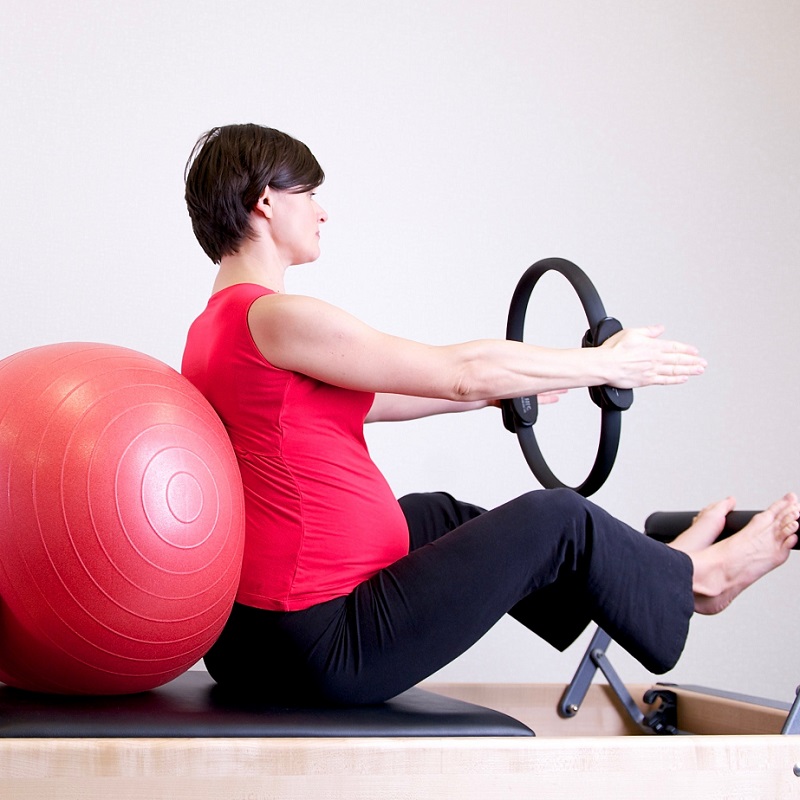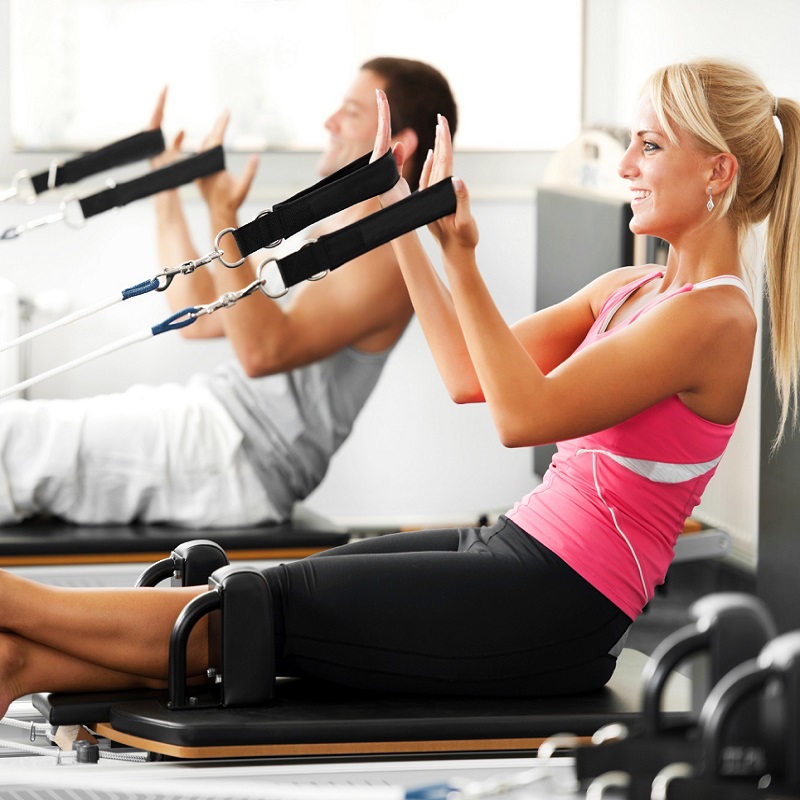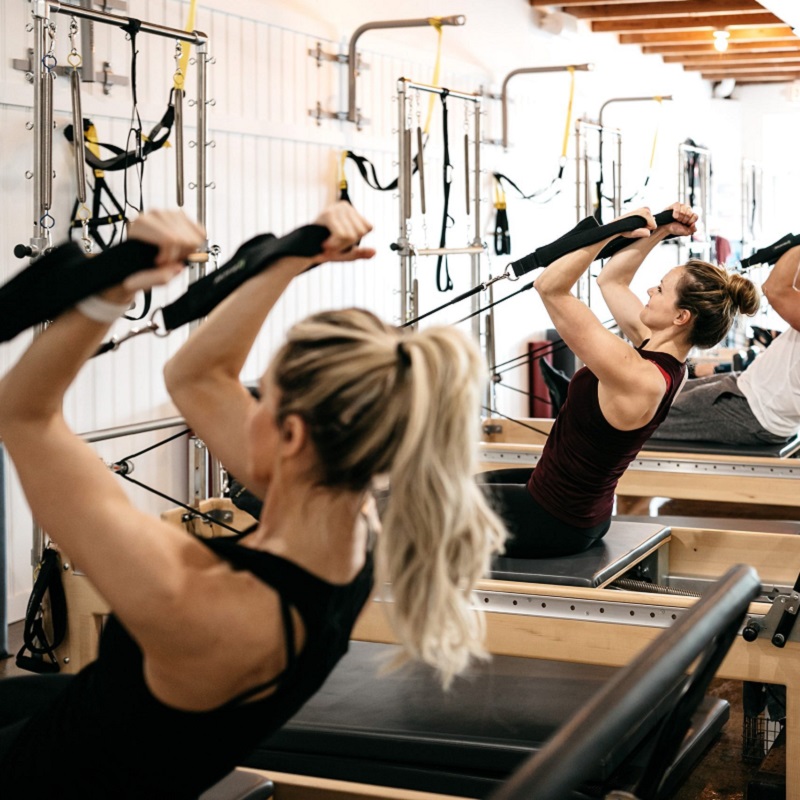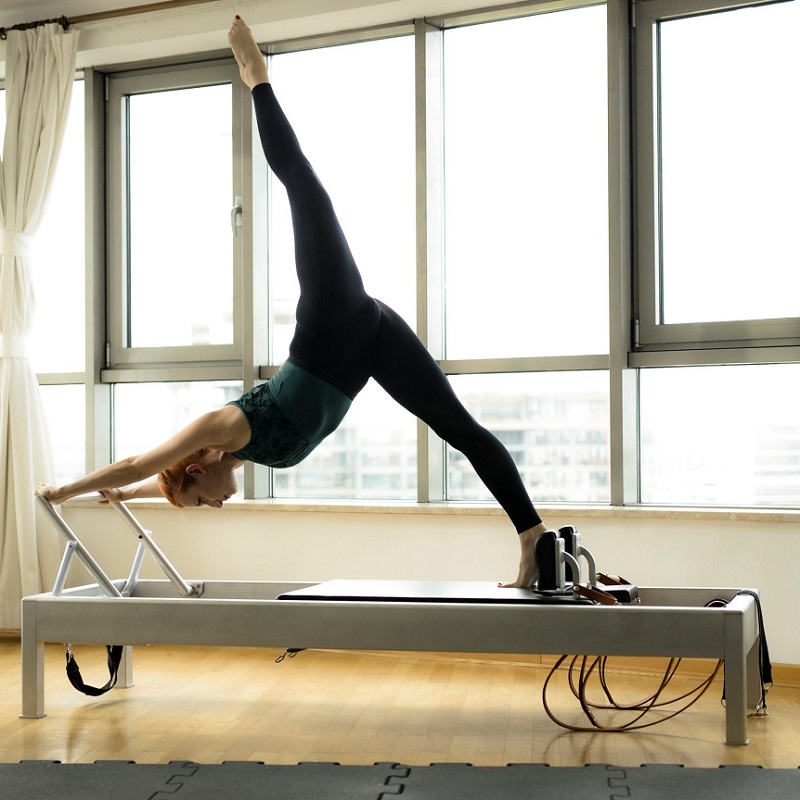Introduction
Core Pilates focuses on strengthening the central area of your body, which includes the abdomen, lower back, pelvis, and hips. This fitness discipline emphasizes core strength, stability, and posture, making it an excellent choice for anyone looking to improve their physical condition. Whether you are a seasoned athlete or a beginner, embracing core Pilates in your fitness regime can lead to numerous benefits, such as improved balance, better posture, and a reduced risk of injury.
In this article, we will dive into the essentials of core Pilates, discussing how it differs from traditional Pilates, the proven exercises available, and the benefits you can gain from incorporating it into your workout routine. Ultimately, whether you want to build core strength for athletic performance or enhance your general health, core Pilates offers a variety of unique advantages.
The Importance of Core Strength
Understanding Core Strength
Core strength is defined as the ability of your torso to stabilize and support various movements, which makes it a foundational aspect of overall fitness. Here’s why it matters:
Stability and Balance: A strong core helps stabilize your torso, allowing for better balance and control during a range of physical activities. As a result, it enhances your ability to perform day-to-day tasks with greater ease and reduces the likelihood of falls or injuries.
Posture Improvement: Moreover, a well-developed core helps maintain proper posture when standing or sitting. This aspect is crucial for minimizing back pain and discomfort that may arise from poor alignment.
Injury Prevention: Furthermore, strengthening your core can prevent injuries associated with weak or imbalanced muscles. A sturdy core supports your spine and helps protect against lower back injuries, which are extremely common.
Common Myths About Core Strength
Despite its importance, there are numerous misconceptions about core strength:
It’s Just About Abs: Many people mistakenly believe that core strength solely relies on abdominal muscles. In reality, the core encompasses various muscle groups in the torso, including the back, hips, and pelvic floor.
You Need Equipment: While machines can enhance your core workouts, it is essential to note that many effective core Pilates exercises can be performed using just your body weight. Thus, the emphasis in core Pilates remains on controlled movements and proper form.
By debunking these myths, you can focus on what truly matters for developing your core strength effectively through Pilates exercises.
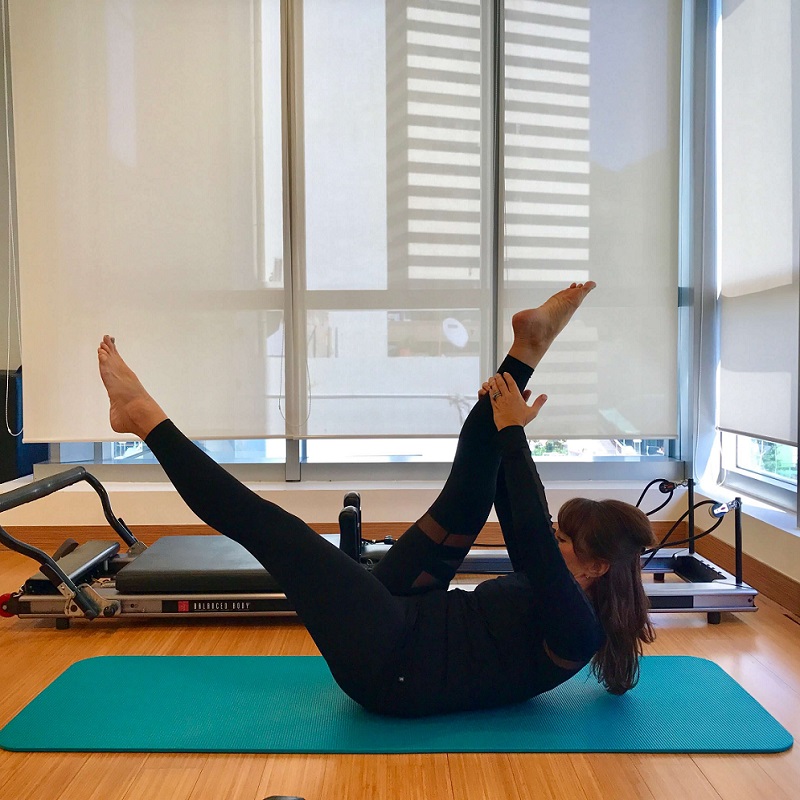
Core Pilates vs. Traditional Pilates
Key Differences
Core Pilates draws from traditional Pilates principles but emphasizes core muscle development more intensely. Here’s how they differ:
Focus on Core Muscles: While traditional Pilates incorporates core work, core Pilates places an extraordinary focus on the muscles that stabilize the torso. Consequently, this shift enhances the effectiveness of workouts targeted at core strength.
Exercise Variations: Additionally, in core Pilates, you will encounter modified exercises that specifically aim to challenge and engage the core. This can involve using props like balls, bands, or resistance, which adds variation to the routine.
Breath Control: Although both methods emphasize breath control, core Pilates often integrates breathing patterns that enhance core engagement. This approach allows for a deeper connection with your muscles.
Similarities
However, core Pilates and traditional Pilates share essential elements:
Mind-Body Connection: Both types of training prioritize connecting the mind with the body, encouraging you to focus on movement quality rather than quantity.
Controlled Movements: Whether you’re performing core Pilates or traditional Pilates, both disciplines rely on slow, controlled movements that promote muscle control and stability.
Understanding these differences and similarities will help you select the right Pilates style that suits your personal fitness needs.
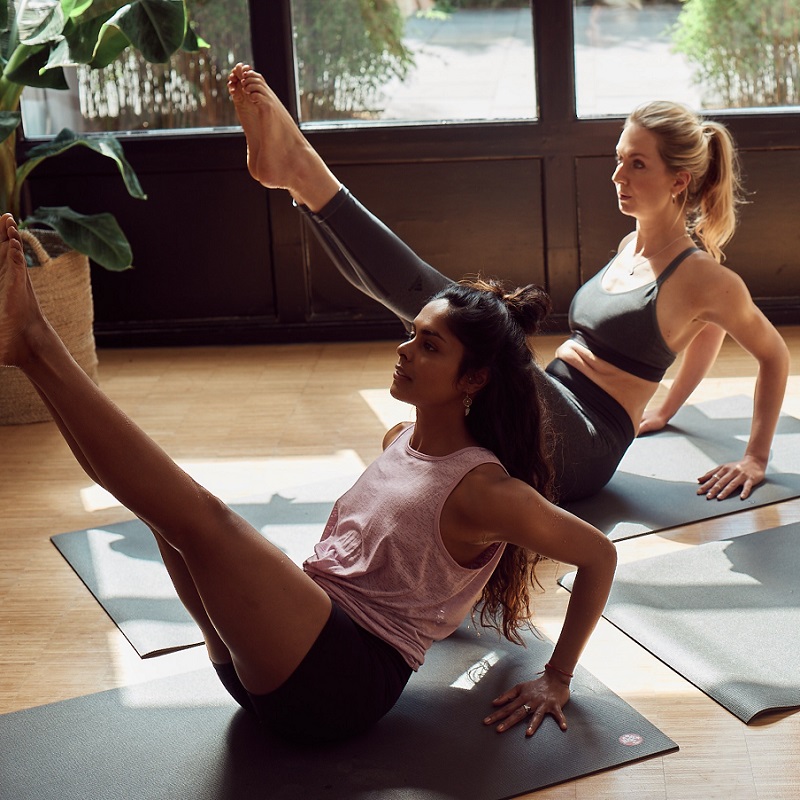
Proven Exercises
The Plank
The plank is one of the most beneficial core Pilates exercises. Here’s how to do it effectively:
How to Perform: Begin in a push-up position with your elbows directly beneath your shoulders. Next, keep your body in a straight line from head to heels, engaging your core and avoiding any sagging in the lower back. Hold this position for 30 seconds to a minute, depending on your fitness level.
Benefits: Not only does the plank strengthen the entire core, including the rectus abdominis, transverse abdominis, and obliques, but it also engages the shoulders, arms, and glutes, providing a full-body workout.
The Bridge
Another excellent exercise for core strength is the bridge. Here’s how you can incorporate it into your routine:
How to Perform: Lie on your back with your knees bent and feet flat on the ground, hip-width apart. Then, press your feet into the ground while lifting your hips towards the ceiling, creating a straight line from shoulders to knees. Hold for a few seconds, then lower back down.
Benefits: This exercise targets the glutes and lower back while engaging the abdominals. Consequently, it helps improve hip stability and posture, making it ideal for athletes as well as office workers alike.
The Pilates Roll-Up
The Pilates roll-up adds a dynamic element to your core workout:
How to Perform: Start on your back with your legs extended in front of you and arms lifted overhead. As you exhale, engage your core and roll your upper body up, reaching for your toes. Inhale as you slowly roll back down.
Benefits: The roll-up works the entire core while improving flexibility and spinal articulation. Additionally, it fosters coordination as you control the movement through a full range of motion.
The Side Plank
To further enhance core strength and stability, consider incorporating side planks:
How to Perform: Lie on your side with your legs straight, stacking your feet. Propping yourself up on one elbow, lift your hips off the ground, forming a straight line with your body. Hold for 30 seconds, then switch sides.
Benefits: Side planks primarily target the obliques and help improve lateral stability, which is crucial for athletic performance.
The Hundred
This classic Pilates exercise serves as a great core workout:
How to Perform: Lie on your back with your legs elevated at a 45-degree angle. Lift your head, neck, and shoulders off the mat as you pump your arms up and down, breathing in for five counts and out for five counts. Repeat this until you reach 100 counts.
Benefits: The Hundred engages the core while also promoting proper breathing techniques, making it an effective warm-up or a complete workout when incorporated into a session.
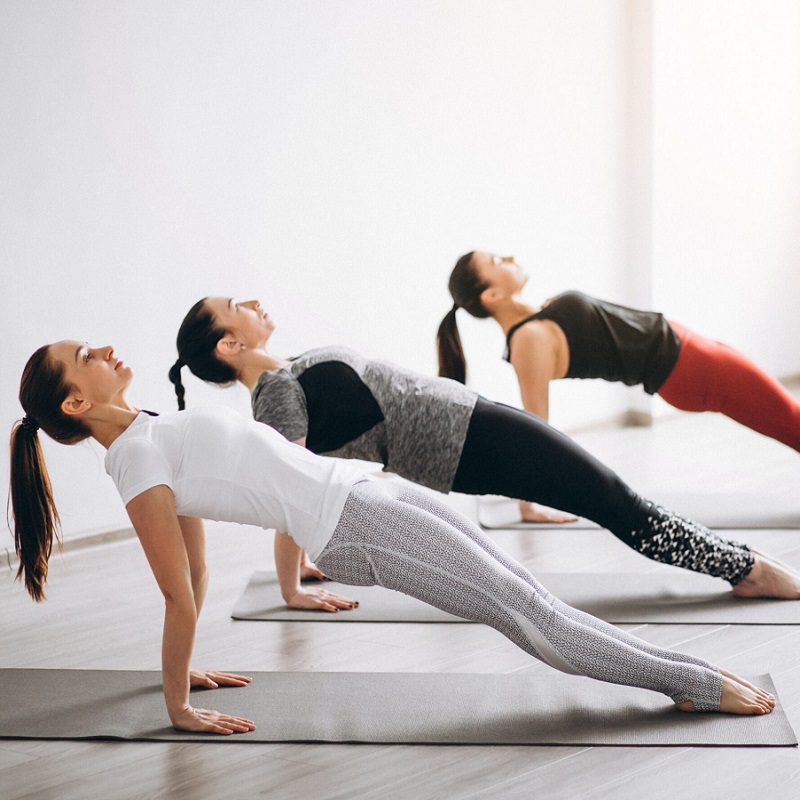
Benefits of Core Pilates
Improved Athletic Performance
Core strength plays a vital role in athletic performance across various sports. Here’s how core Pilates can enhance your abilities:
Enhanced Power and Stability: All sports rely on core strength to provide power and stability during dynamic movements, whether running, jumping, or throwing. Therefore, core Pilates equips athletes with the necessary strength to maximize performance.
Injury Prevention: Additionally, an engaged and strong core reduces the risk of injuries across different activities. By providing stabilization, core strength allows safer navigation through your sport with lower injury risk.
Functionality in Daily Life
Beyond athletic benefits, core Pilates contributes to improved functionality in daily activities:
Better Posture: A strong core helps maintain proper postural alignment, thereby reducing the risk of back pain associated with slouching or prolonged sedentary positions.
Enhanced Daily Tasks: Whether lifting grocery bags or playing with your children, a stable core makes everyday tasks easier and more manageable. You’ll notice improvements in your strength for all aspects of life.
Mental Health and Mindfulness
Core Pilates also fosters mental well-being alongside physical benefits:
Stress Relief: Engaging in Pilates encourages focus on your breath and body, promoting mindfulness and reducing stress. Thus, the meditative quality of the movements can lead to a sense of calm and overall improved mental health.
Increased Body Awareness: As you practice core Pilates, you develop a keen awareness of your body’s movements, promoting better coordination and control. This enhancement is essential for daily living and all forms of physical activities.
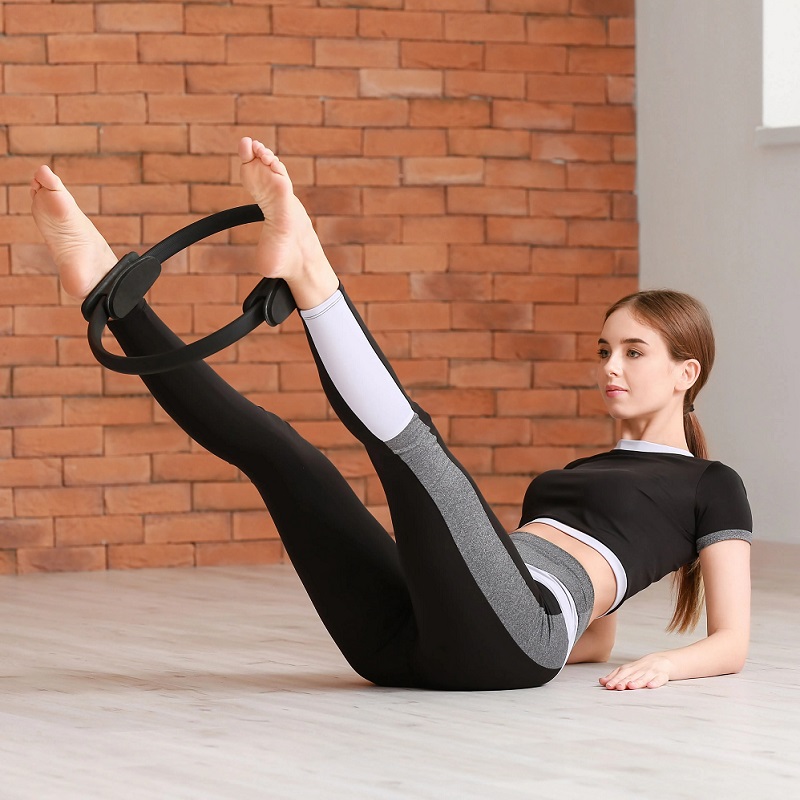
Tips for Getting Started
Find a Good Class or Instructor
To get started, consider enrolling in a mat class or studio that focuses on core Pilates:
Research Local Options: Search for local studios that specialize in Pilates to find classes that suit your schedule and skill level.
Inquire About Instructors: A qualified instructor can help ensure you are using proper form and getting the most from your workouts. Feel free to ask potential instructors about their experience, teaching style, and class structure.
Practice Regularly
Consistency is key to seeing results from core Pilates:
Establish a Routine: Aim for at least two to three sessions per week to build strength effectively. You may also consider mixing Pilates with other forms of workout to maintain variety in your regimen.
Set Realistic Goals: Additionally, be patient with yourself as core strength can take time to develop. Setting achievable goals helps maintain motivation and focus.
Listen to Your Body
When practicing core Pilates, it’s essential to listen to your body:
Modify as Needed: Beginners or those with injuries should modify exercises as needed to ensure safety and effectiveness. Don’t hesitate to seek adaptations for any movements that don’t feel comfortable.
Prioritize Safety: If you experience any pain during your practice, stop and consult an instructor or health professional. Prioritizing safety will allow you to continue progressing over time.
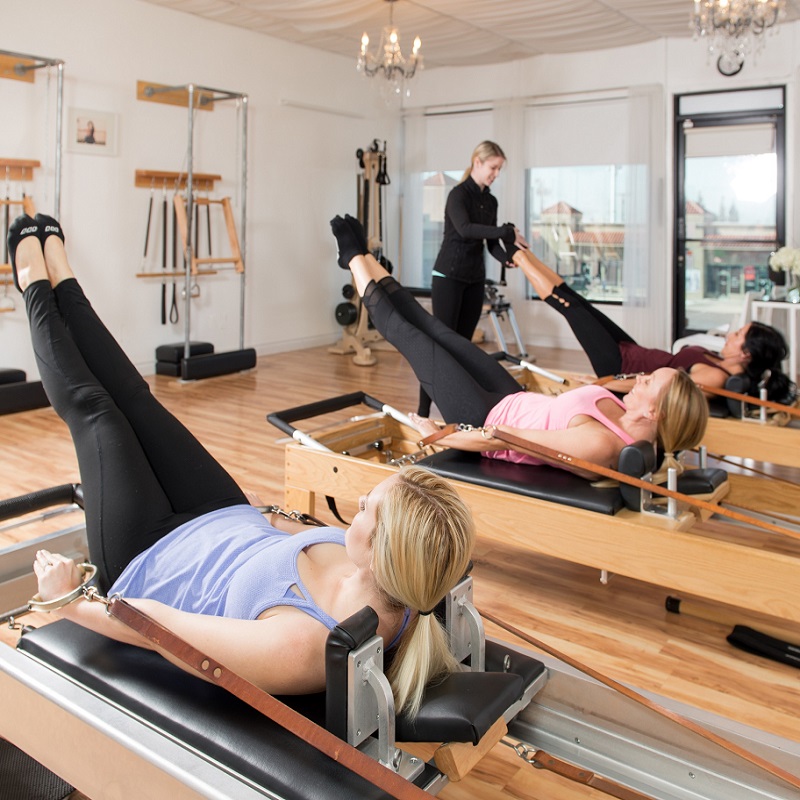
Unlocking Your Core Strength with Core Pilates
In conclusion, core Pilates offers a transformative approach to building core strength through proven exercises tailored to individuals of all fitness levels. Emphasizing stability, strength, and balance, this discipline not only enhances physical performance but also contributes to overall health and wellness.
By understanding the significance of core strength and the unique benefits of core Pilates, you are empowered to take control of your fitness journey. Incorporating core Pilates exercises into your routine can improve your balance, flexibility, and coordination, ultimately leading to a happier, more active lifestyle.
As you embark on your core Pilates journey, remember to remain patient and consistent. With dedication and practice, you’ll unleash your core strength and enjoy the countless rewards that come with it.
So, set your intentions, find the right resources, and start today; your body and mind will thank you for it!

